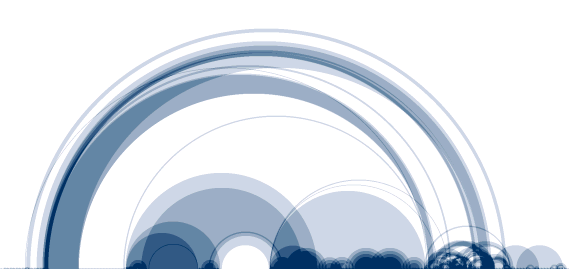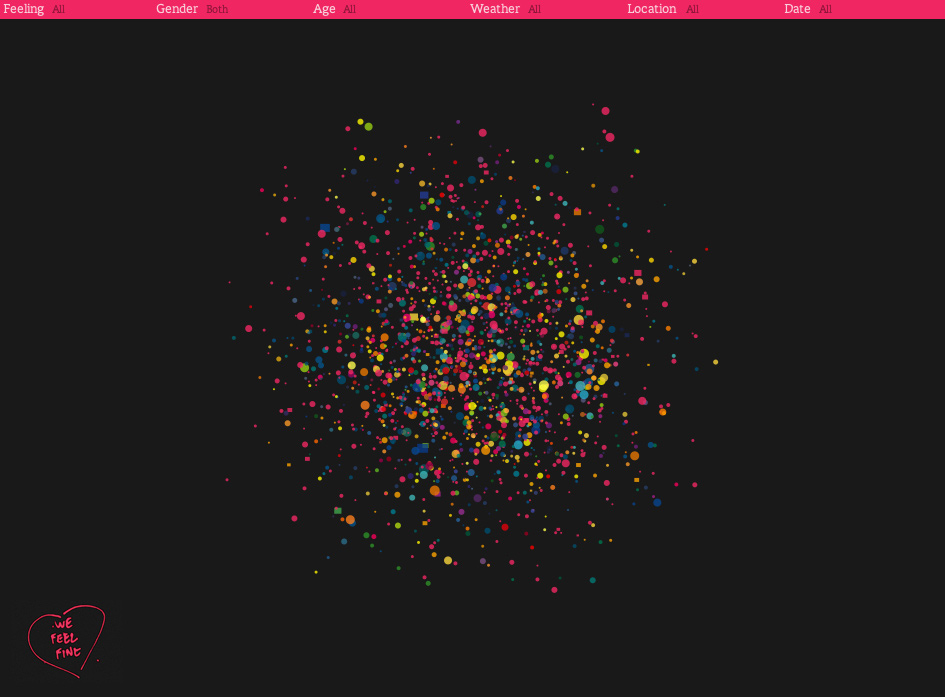

Next month US based artist Wayne Clements will present a new variation of his un_wiki project specifically for Window. Clement’s Neutral 3 script filters through electronic encyclopedia Wikipedia’s recent pages log, ignoring hundreds of edits on boyfriends, tech trends, and local events, in search of something more sinister. The software contains a list of ‘shadowy editors’ – from defense departments in the US and Australia through to corporate giants like Deutsche Bank, Shell Oil and the Ford Motor Company.
Using tracing technology developed by Virgil Griffith, the artist is able to link the editor with the edited. Griffith created the software "to create minor public relations disasters for companies and organizations I dislike", and has so far succeeded. Australian Department of Defense staff are now banned from editing articles after it was discovered the department has made over 5000 edits. Dell, the American Rifle association, and both Democratic and Republican parties were also caught in the fallout, being linked to 'improving' articles that were potentially damaging.
Of course, Wikipedia "conflict of interest" policy is ineffectual and debateable. Who better to create that article on a new technology than the developer? The organiser of a local event is the perfect contributor for an wiki article on it. The problem lies in the potency of the information - from relatively harmless "graffiti" remarks on Helen Clarke's page, to rewrites of presidential administration history, and changes to crash articles by the airline responsible.


































